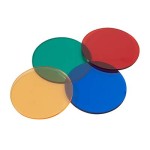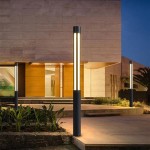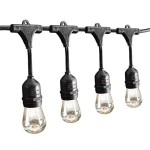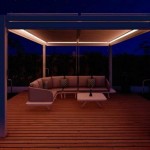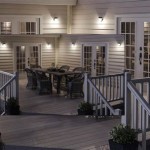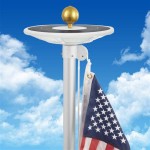Outdoor Basketball Court Lighting Layout
Outdoor basketball courts are enjoyed by people of all ages and skill levels, providing a space for recreation, competition, and community building. However, ensuring optimal gameplay and safety requires proper lighting. This article will explore key considerations for designing an effective outdoor basketball court lighting layout. While there are many factors to consider, understanding the basics will help you to create a well-lit space that is both functional and aesthetically pleasing.
Lighting Requirements and Standards
The ideal lighting for an outdoor basketball court is one that provides sufficient illumination for players and spectators alike. The minimum recommended illuminance level for basketball courts is 100 lux, with higher levels (200 lux or more) preferred for competitive play. This illuminance ensures clear visibility of the ball, players, and court markings, preventing accidents and enhancing game performance. In addition to illuminance, other factors such as uniformity and glare control should be considered to optimize the lighting layout.
Several standards and guidelines exist that can help inform the design of outdoor basketball court lighting. The Illuminating Engineering Society (IES) and the National Electrical Code (NEC) provide valuable information regarding lighting design principles and safety regulations. These standards offer guidance on the selection of appropriate light fixtures, mounting heights, and light distribution patterns, ensuring that the lighting meets industry best practices and safety standards. By consulting these resources, you can ensure that your lighting layout complies with regulations and provides the best possible playing environment.
Key Considerations for Lighting Layout
Designing an effective outdoor basketball court lighting layout requires careful consideration of several key factors. These factors include the size and dimensions of the court, the intended use of the space, the surrounding environment, and budget constraints. Understanding these aspects will help you determine the appropriate number, type, and placement of light fixtures to achieve optimal illumination.
Light Fixture Selection and Placement
Choosing the right light fixtures is crucial for an effective outdoor basketball court lighting layout. The primary goal is to provide uniform illumination across the entire playing area, avoiding dark spots and glare. Metal-halide, high-pressure sodium, and LED fixtures are commonly used for outdoor basketball courts, each offering its own advantages and disadvantages. Metal-halide fixtures provide excellent color rendition but can be energy-inefficient. High-pressure sodium fixtures are energy-efficient but produce a yellow-orange light that can affect color perception. LED fixtures offer high energy efficiency, long lifespan, and good color rendition, making them a popular choice for modern outdoor lighting applications.
The placement of light fixtures is equally important for achieving optimal illumination. For basketball courts, the most common approach is to use four to six light fixtures mounted at heights ranging from 20 to 30 feet above the court. The fixtures are typically placed at the corners of the court, ensuring coverage of the entire playing area. By strategically positioning the light fixtures, you can minimize glare and shadows, while maximizing uniform illumination. Additional considerations for fixture placement include the location of surrounding buildings and trees, which could obstruct light and create areas of darkness.
Glare Control and Lighting Direction
Glare can significantly impact the visibility of players and the ball, creating a hazardous playing environment. To minimize glare, it is important to direct the light downwards towards the court, minimizing the amount of light that reflects directly into players' eyes. Shielded light fixtures that direct the light downwards are ideal for reducing glare. Additionally, avoiding the use of light sources directly behind the players can further minimize glare. By carefully controlling the direction of light, you can create a comfortable and safe playing environment for all participants.
The direction of the light source can also affect the overall visibility of the game. Using a combination of side-mounted and overhead lighting can help create a more balanced and uniform illumination pattern. Side-mounted lights can highlight the court markings and player movement, while overhead lights provide general illumination of the court surface. By using a combination of lighting techniques, you can ensure that the players and audience can see clearly, enhancing the overall enjoyment and safety of the game.

Guide To Basketball Court Lighting Design Mklights

Guide To Basketball Court Lighting Design Mklights

Newest Basketball Court Lights Standard Guide Jan 2024 Topsportsled Com

Basketball Court Lighting

Guide To Basketball Court Lighting Design Mklights

Newest Basketball Court Lights Standard Guide Jan 2024 Topsportsled Com

Basketball Court Lighting

What Are The Lighting Requirements Of Basketball Court Agc

Guide To Basketball Court Lighting Design Mklights

Basketball Court Lighting
Related Posts
